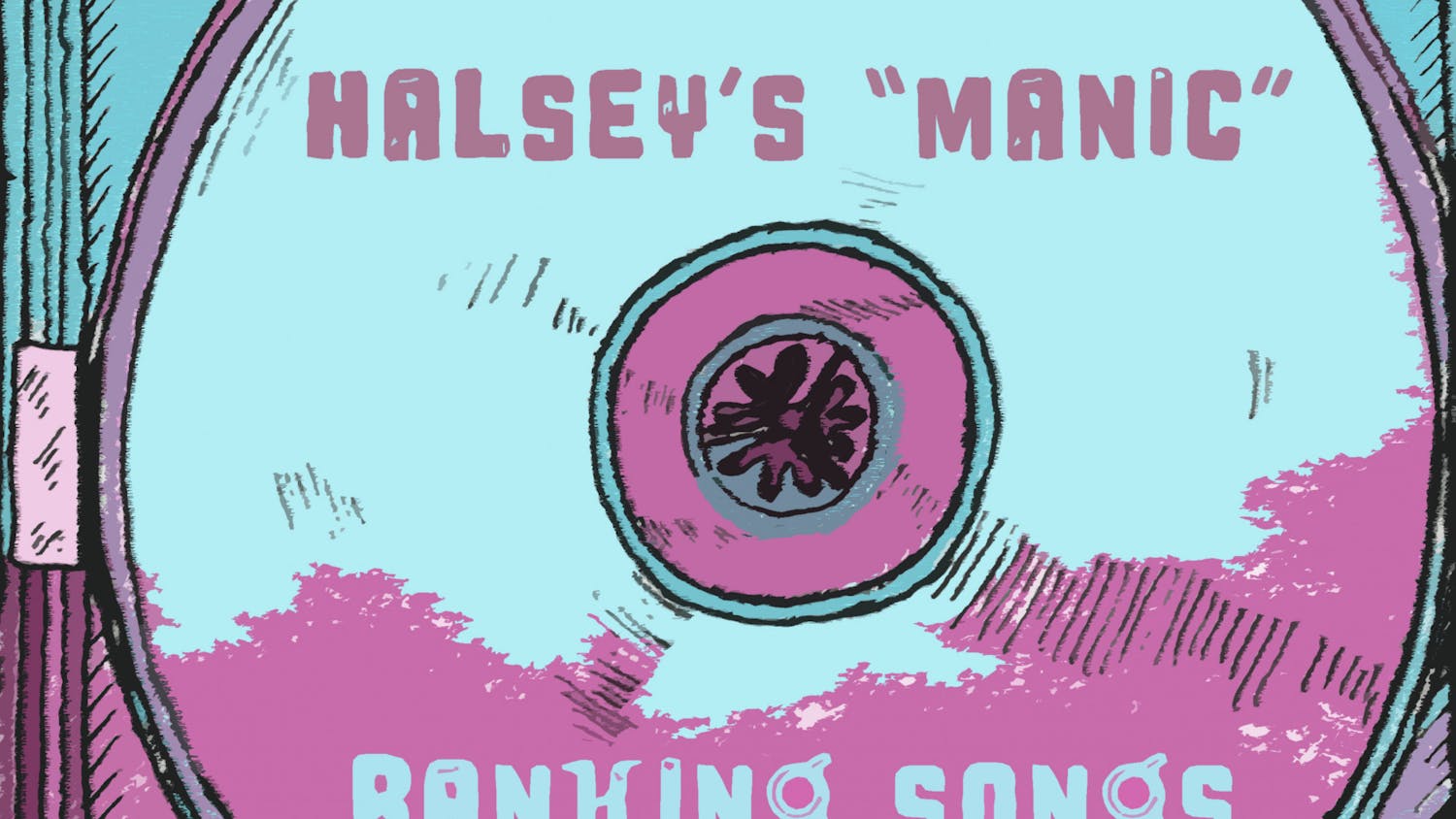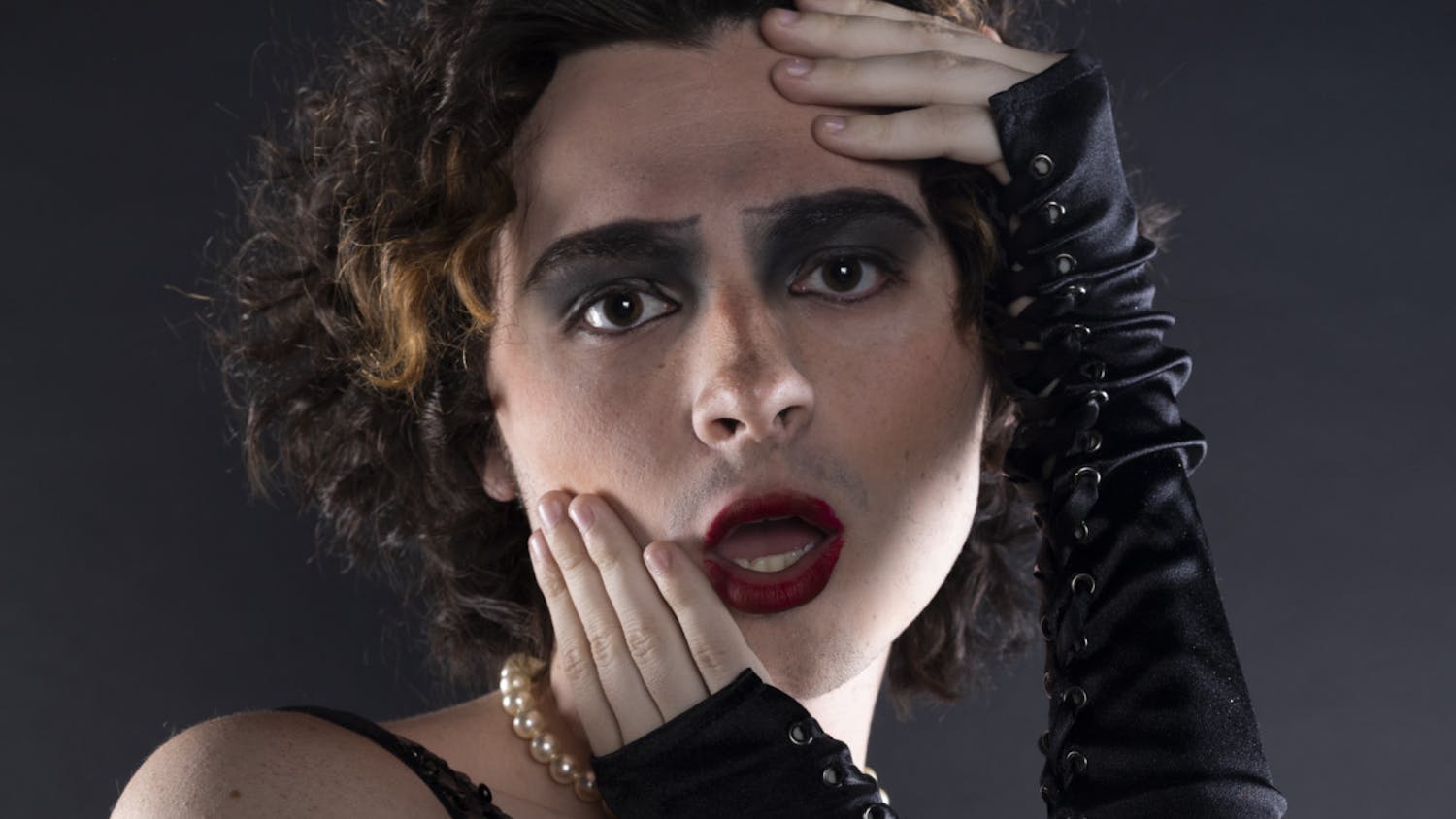During the month of Phalguna, the 12th month of the Hindu calendar, the brilliant holiday of Holi is celebrated. Also known as the festival of colors, the festival of love and the festival of spring, Holi takes place among large groups of people in India and around the world.
This year, Holi was celebrated on March 8. On March 7, the festivities began with Holika Dahan, according to The Times of India. Holika Dahan occurs on the eve of Holi when the Holika effigy is burned, according to Holi.
In the Hindu legend of Holika and Prahlad, Hiranyakashyap, a “demon king,” according to Holi, had a son, Prahlad, who refused to worship him. Hiranyakashyap attempted to kill Prahlad multiple times, but Lord Vishnu would always save him. Hiranyakashyap had his sister, Holika, convince Prahlad to sit on her lap in “a blazing fire.” It was thought that because Holika had protection from the fire, she could not be harmed, but while Prahlad continuously said Lord Vishnu’s name, he was again saved, and Holika was burned alive. Therefore, the celebration of Holika Dahan, or the burning of Demon Holika, according to Holi, “is symbolic of triumph of good over evil.”
Holi is also a celebration of unity filled with bright colors, welcoming spring and marking the end of winter. The Indian Students Association at Ohio University hosted its Holi celebration last Saturday. Abhinil Ghosal, a second-year PhD student studying chemistry, said students from all over the world came to celebrate. On the day of Holi, according to The Indian Times, people throw color powder that is typically watered down at one another and onto themselves.
Red, orange, yellow, green, blue, purple and pink colored powder is put in water guns, water balloons, buckets or just in people’s hands to put on each other’s faces and clothes.
“Holi is a festival of the colors,” Ghosal said. “We celebrate with colors. In different parts (of India), the similarity (is) we use a lot of colors, but the thing is in some places we use only dry colors, which we have done here. In some places we use watercolors. We put water in the colors and we call these things ‘pichkaris.’”
Pichkaris are similar to water guns and are used to spray friends, family and others with the colored powder. Often called gulal, it takes forever to get out of one’s hair and skin. People playing Holi may want to wear clothes they do not care to wear again. Aanya Datta, a junior studying psychology, said it is smart to wear something old and that sunscreen and coconut oil can help protect the skin.
“The dye does not come off your clothes,” Datta said. “If you mix it with water, it’s gone. Does it come off your skin? In 24 hours? No. Not in 24 hours. In 48 to 72 (hours) depending upon the intensity with which you scrub.”
Today, gulal in powder form, according to Chemical and Engineering News, is “a mixture of more than 95% cornstarch blended with “food-, drug- and cosmetic-grade dyes.” The powder, traditionally, was made from “spring flowers, berries, spices and other plants,” according to Ministry of Colours.
Holi, one of the most important festivals in Hinduism, has existed for centuries. Datta said the history of Holi is interpreted differently by people. Sonali Jha, a first-year PhD student studying mass communication and media studies, said she knows three variations of its history. One of the reasons Holi is celebrated is because it symbolizes the love between Lord Krishna and Radha and their union into Radhakrishna.
Lord Krishna was afraid Krishna would not like him because of his dark skin complexion, according to The Times of India, and his mother encouraged him to ask Krishna to put any color on his face. When Krishna put color on Lord Krishna’s face, it united them in love, so playing with colors on Holi is also a celebration of love.
“So every region has a different thing,” Jha said. “The most prominent history (or) the story we have been told about is of Hiranyakashyap.”
On Saturday, when the Indian Students Association celebrated Holi near South Beach, they celebrated with dry colored powder. Although the celebration and play were not exactly the same as it is in India, people came together to honor unity, love and renewal.
“The event was sponsored by (the) International Student Union,” Ghosal said. “So we ordered the colors, and the colors came. People joined us and not only from India, (they) were from Pakistan, people from Mexico, from Sri Lanka, people from Iran, people from America and many places. People joined us and we had celebrated. That’s really an amazing moment for us.”
Music also plays an important role in playing Holi, Ghosal said. During the celebration, the organization played different types of Indian music, such as Bollywood.
Holi is usually played in the morning, and Datta said it leaves room to eat in the afternoon and evening. Datta has also only ever seen groups of 50 people celebrating together.
The celebration of choosing good over evil, love, spring and more is at the center of Holi. As winter ends, spring reminds people of renewal and a chance for something positively new.
“After the winter, the spring is coming,” Ghosal said. “We celebrate it because spring is coming, it spreads love among society.”






